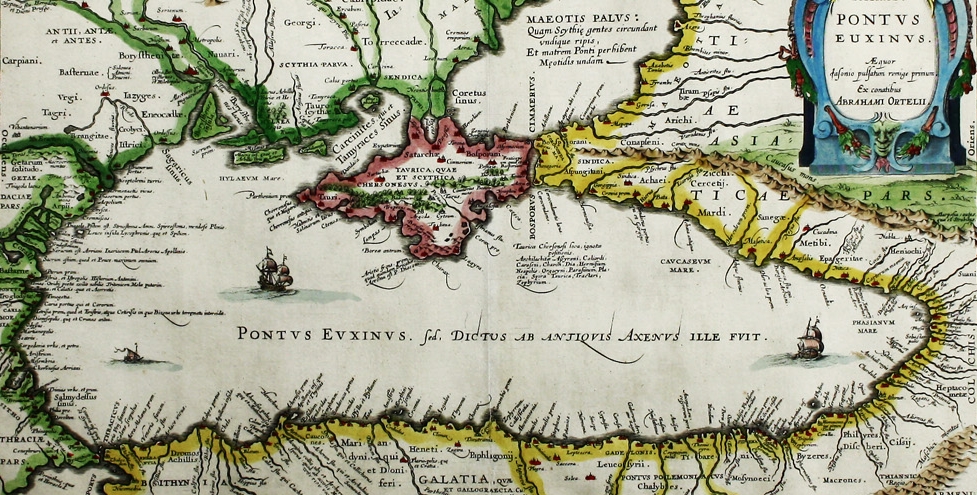Identifying the Tribes of the Eastern Black Sea Region, by Sujatha Chandrasekaran

Exploring the Hospitable Sea Proceedings of the International Workshop on the Black Sea in Antiquity held in Thessaloniki, 21-23 September 2012 edited by Manolis Manoledakis. ISBN 9781407311142.
pp 95-117
Abstract: The tribes of the Eastern Black Sea region played a crucial role in the political and economic affairs of the ancient kingdoms of the Bosporus and Colchis, i.e., at the edge of the Greek oikoumene. While ancient Greek and Latin sources refer to a number of these tribes by name, descriptions of them tend to be brief and biased. In order to understand the true nature of these peoples, and place them geographically, it is essential to examine both linguistic and archaeological evidence. Linguistic analysis of the tribal names and epigraphic evidence clearly attest to the distinct identities of these tribes. Archaeological evidence, however, plainly demonstrates a shared material culture of the Maeotians. Variations in the burial culture, together with the linguistic distinctions, allow us to classify the ancient tribes of the region as different sub-groups of the Maeotians, while also serving to establish their individual territories within the Eastern Black Sea region.
Keywords: Caucasus, Eastern Black Sea, Maeotians, burial, ritual complex, fortifications, markets, slaves, indigenous tribes, identity
Introduction
This paper is aimed towards scholars of both Archaeology and Ancient History working on the ancient peoples and cultures of the Eastern Black Sea region from the onset of Greek contacts in the region. It addresses a question that frequently arises in this area – the identity and identification of the indigenous tribes. Written information is not extensive, often somewhat vague, complex and contradictory. Archaeological information, while much more abundant, is more homogenous and carries a clear material-based bias of the indigenous population. The objective of this paper is therefore twofold: first, to examine the manner in which ancient written sources – historians and epigraphy – approached the indigenous tribes, and second, to provide an overview of the archaeological material from this area that is currently at our disposal. This is necessary in order to exploit all written and archaeological information at hand to its fullest and produce an accurate picture of the native tribes and their role in this area.
In the first section, I will address the written evidence from the archaeologist’s point of view – asking the questions an archaeologist would ask in view of the available archaeological material. In the second section, I will give an overview of the archaeological evidence at hand. In the Conclusion, I will sum up the correlating evidence from both sides in order to address the question of tribal identity.
The full book in PDF can be downloaded by clicking here (978 KB)